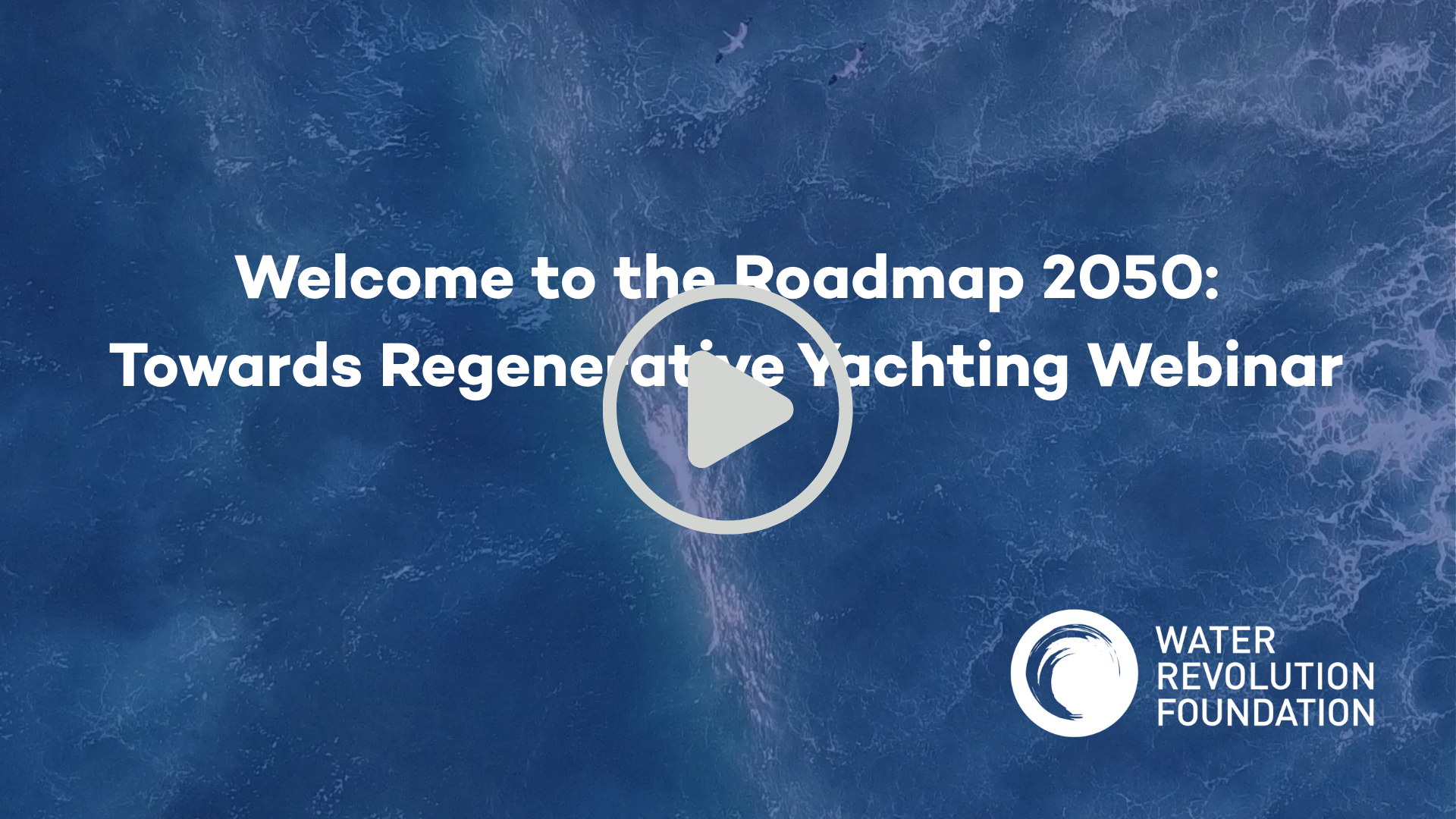The Roadmap 2050: Operations Sector Targets
Watch our Roadmap 2050 webinar
The Roadmap to 2050 is designed to serve as a compass for navigating uncharted waters—together.
It outlines a collective, coordinated approach with quantified goals that engage and empower every stakeholder in the yachting industry. By committing to this roadmap, yachting companies can future-proof their operations, not only advancing decarbonisation but also moving towards a regenerative future.
Explaining the need, the background and compilation of this Roadmap is a critical step for soliciting commitment.
2025
10 largest yacht management companies select KPIs to annually submit their fleet’s energy, waste and water use
2030
Fleet: 30% of yachts use alternative fuels, while minimising onboard energy, waste and water
Marinas: 30% to switch to renewable shore power
2035
Fleet: 53% of yachts use alternative fuels, while minimising onboard energy, waste and water
Marinas: 53% to switch to renewable shore power
2040
Fleet: 72% of yachts use alternative fuels, while minimising onboard energy, waste and water
Marinas: 72% to switch to renewable shore power
2045
Fleet: 87% of yachts use alternative fuels, while minimising onboard energy, waste and water
Marinas: 87% to switch to renewable shore power
2050
Fleet: 100% of yachts use alternative fuels, while minimising onboard energy, waste and water
Marinas: Renewable shore power at 100% of marinas
Sector specific targets: Operations
The operations of the global fleet of around 6,000 yachts over 30 meters represents the majority of annual impact of the yachting sector as a whole. Yachting is one of the few maritime sectors of which the fleet continues to grow and yachts do not really have an end of life as long as they are being well-maintained. The fleet growth of around 170 units per year causes the impact trendline to go upward, while this needs to come down to reach net-zero in 2050 (IMO provision). The roadmap goals have taken into account this annual growth when setting the reduction targets. Alternative fuels such as HVO are providing the most significant, affordable and effortless ways to cut emissions for the existing fleet. However, before overly using these scarce resources, the energy demand of the yachts should be reduced. Therefore operational targets also include reduction of Energy, waste and water use onboard of the yachts, inspired by the Environmental Crew Guidelines Water Revolution Foundation published for-and-by crew and YETI for finding the room for improvement through systemic upgrades to lower energy consumption from both propulsion and hotel loads, Note, that outside of Europe the production of HVO is less transparent and could be fraudulent by labelling primary feedstock as secondary. HVO produced inside Europe is better monitored through more stringent certification requirements. Europe is also where the majority of the yachting fleet resides. The European HVO production today is about 4 million metric tons, and is still larger than the demand for it from yachting. HVO is a drop-in fuel, which can still be mixed with regular diesel if local availability or competitive pricing is an issue. These operational roadmap targets touch primarily the yacht owners and their teams around them including yacht managers, captains and crew for making the required progress to decarbonise the existing yachting fleet. The roadmap also includes targets for Restore actions aimed at the existing fleet, to allocate a percentage of their annual operational budgets to invest in the well-being of the oceans these yachts are meant for exploring and enjoying by their owners and charter guests.

The collective path forward
Effectively track collective progress towards our goal of net-zero emissions by 2050. Our goal is to work with the 10 leading yacht management companies to align on key operational sustainability targets. All stakeholders connected to these goals are warmly encouraged to join our working tables and help shape the industry’s path forward.

